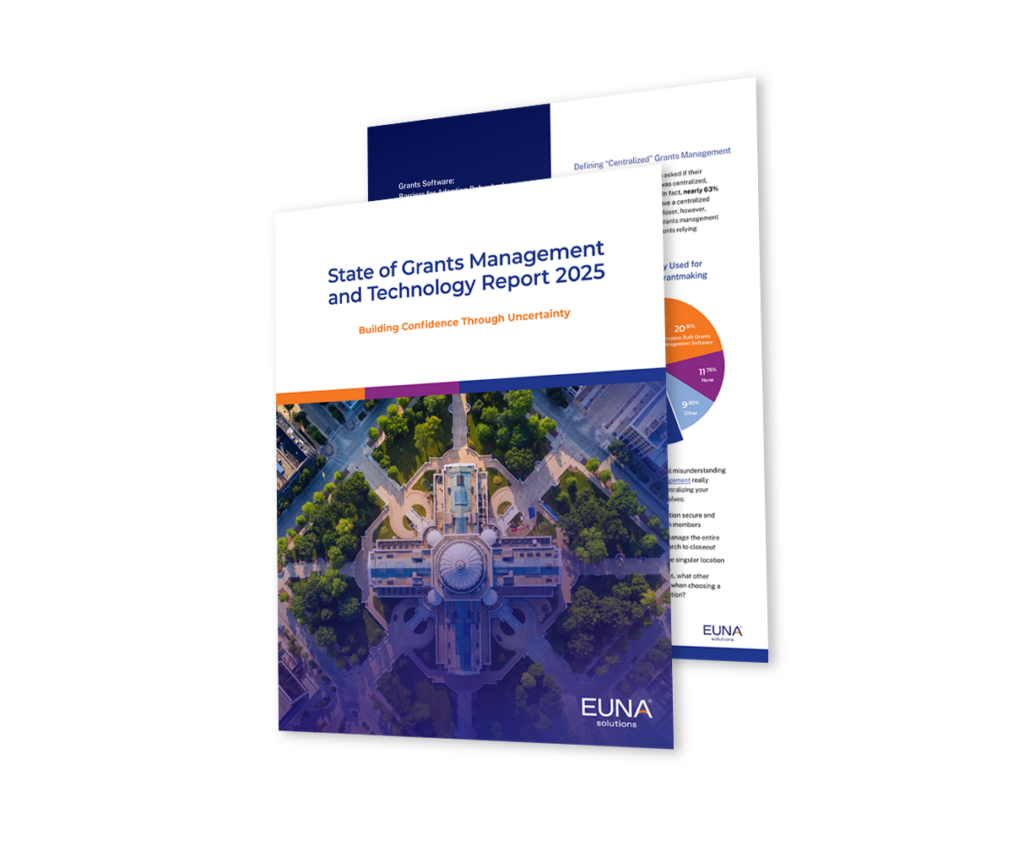For any government, delivering meaningful community impact means prioritizing their needs.
Capital improvements can significantly impact your community’s environment as they help guide the trajectory of future growth.
If your government is looking to implement capital improvements to maximize community impact and growth, then developing a capital improvement plan (CIP) is an essential first step.
What is a capital improvement plan?
A capital improvement plan is a working blueprint for developing and sustaining your community’s physical infrastructure, such as buildings, roads, bridges, parks, and other major projects requiring significant capital expenditures.
Developing a plan can take between four to ten years and should be regularly updated to reflect your organization’s changing needs, priorities, and funding constraints.
What should be included in a capital improvement plan?
Your organization can decide what to include in its capital improvement plan. However, anything exceeding the $5,000 threshold set by the Government Finance Officers Association (GFOA) should be included in your plan, while anything below should be managed through the annual budget.
An effective capital improvement plan needs to prioritize and categorize your government’s largest projects and purchases, such as:
- Detailed costs
- Project types and definitions
- Asset types and definitions
- Timelines and milestones
- Operational costs and impacts
- Potential revenues
- Funding sources
- Prioritization of each project
- Connection to overall strategy of the organization
Keep in mind that your plan should be flexible enough to allow for any adjustments in financial considerations, technology costs, materials, and labor availability.
What challenges accompany a capital improvement plan?
Developing a capital improvement plan is no walk in the park. To drive growth, your organization will need to overcome capital project challenges, such as:
- Lack of stakeholder engagement
- Inflation and materials costs
- Labor negotiations
- Inefficient workflows
- Outdated technology
How your organization adapts and overcomes these challenges will affect the success of your capital improvement plan.
Overcoming the challenges of capital improvement planning
So how can your organization successfully adapt and overcome these challenges throughout the planning process?
Here are five ways to ensure success:
- Engage stakeholders: Effective stakeholder engagement is critical for developing a capital improvement plan that reflects the needs and priorities of the community.
- Prioritize projects: Understanding the costs, benefits, and impacts of each project will help balance the needs of your stakeholders, while prioritizing projects that align with community goals and priorities.
- Plan for funding: Identifying potential sources of funding is crucial in developing a financial plan that aligns with your community’s overall budget and priorities.
- Implement and monitor: Effectively executing and tracking your capital improvement plan ensures projects are completed on time, on budget, and with the desired outcomes.
- Modernize technology: Modern capital budgeting software solutions, like Questica Budget, allow for centralized, controlled, and collaborative capital improvement plan processes. In addition to security features, including audit trails and version controls, modern solutions allow for the distribution of efforts across all stakeholders, and significantly improve the planning and prioritization of your organization’s resources.
An effective capital improvement plan helps your organization to determine the most economical means of funding projects to enhance community growth and development for long-term success.
Ready to take your organization’s capital budget development and planning to the next level? Schedule a demo with a member of our Solutions team today.

